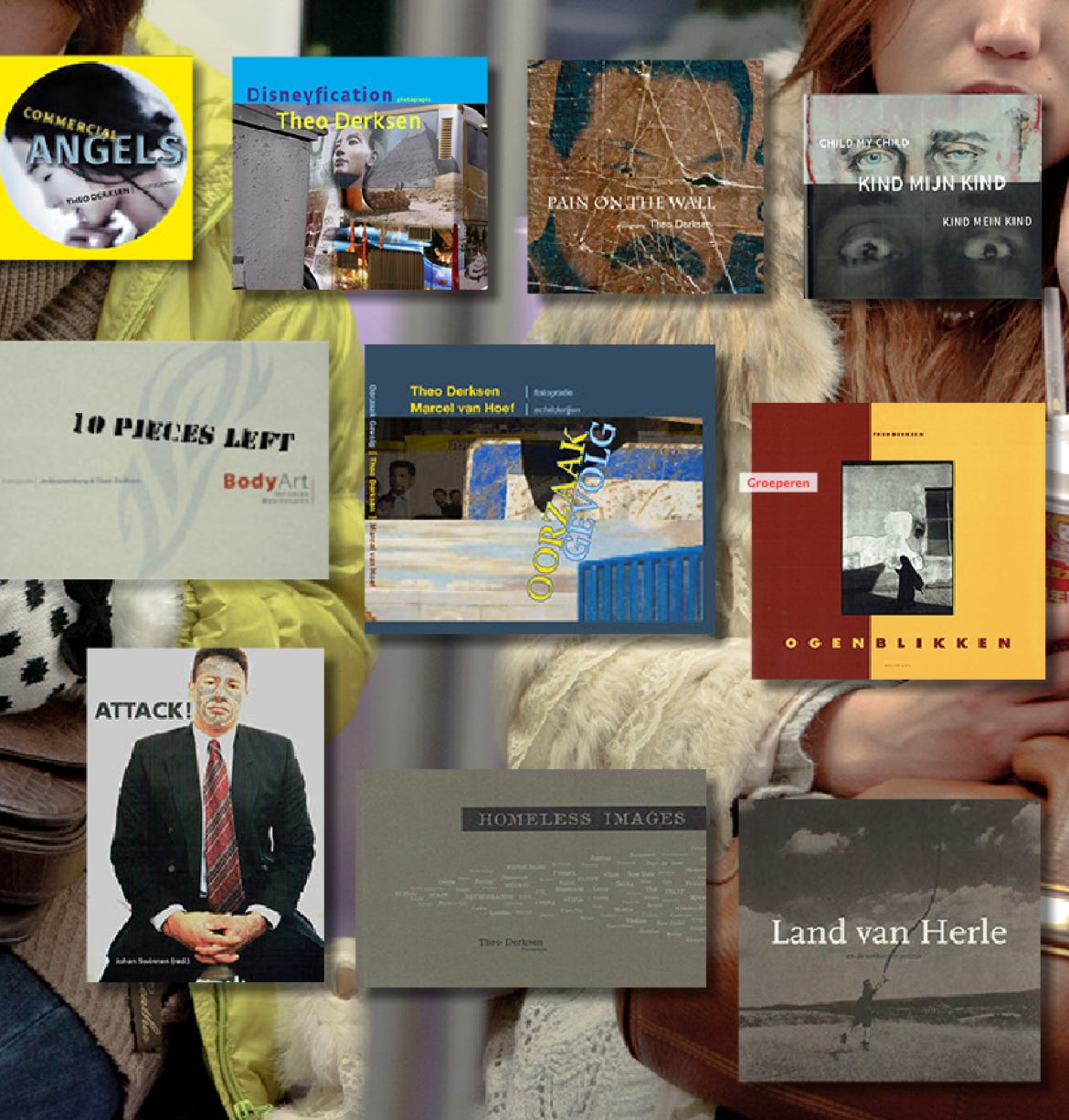Press - reviews
A selection
ZOUT MAGAZINE
10-2021
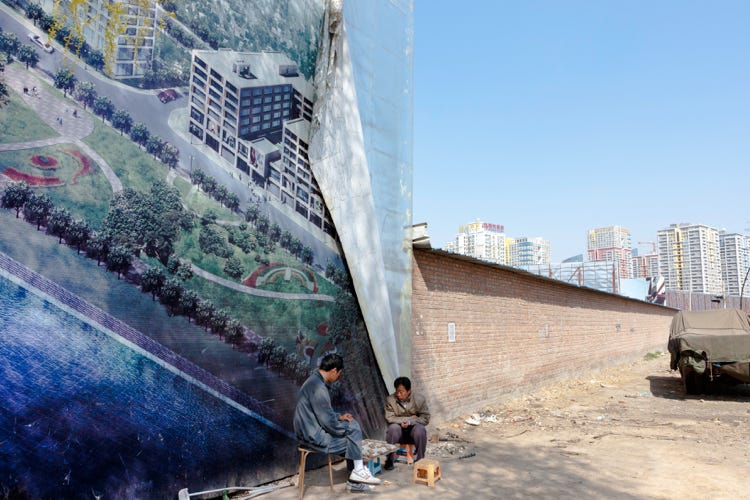
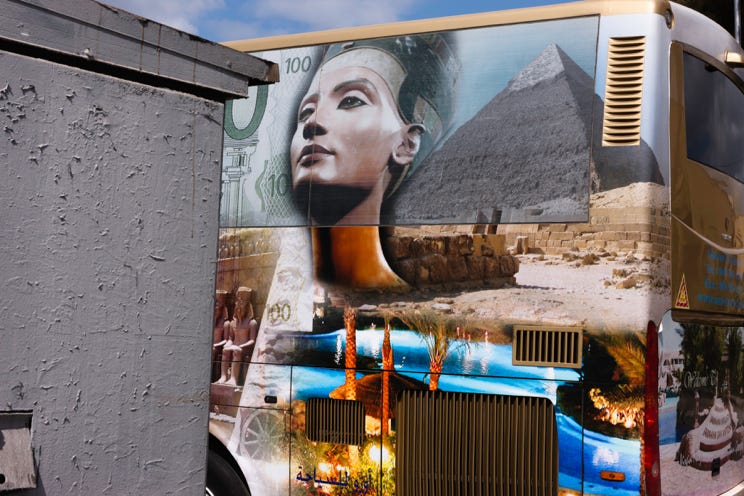
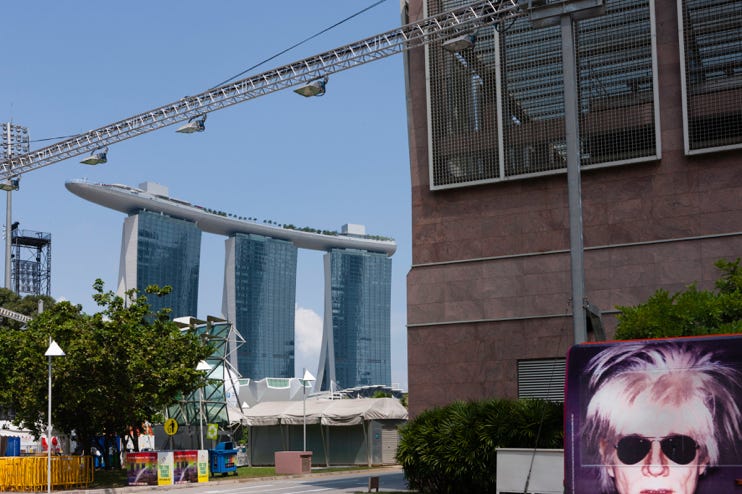
Singapore, Cairo, Beying.
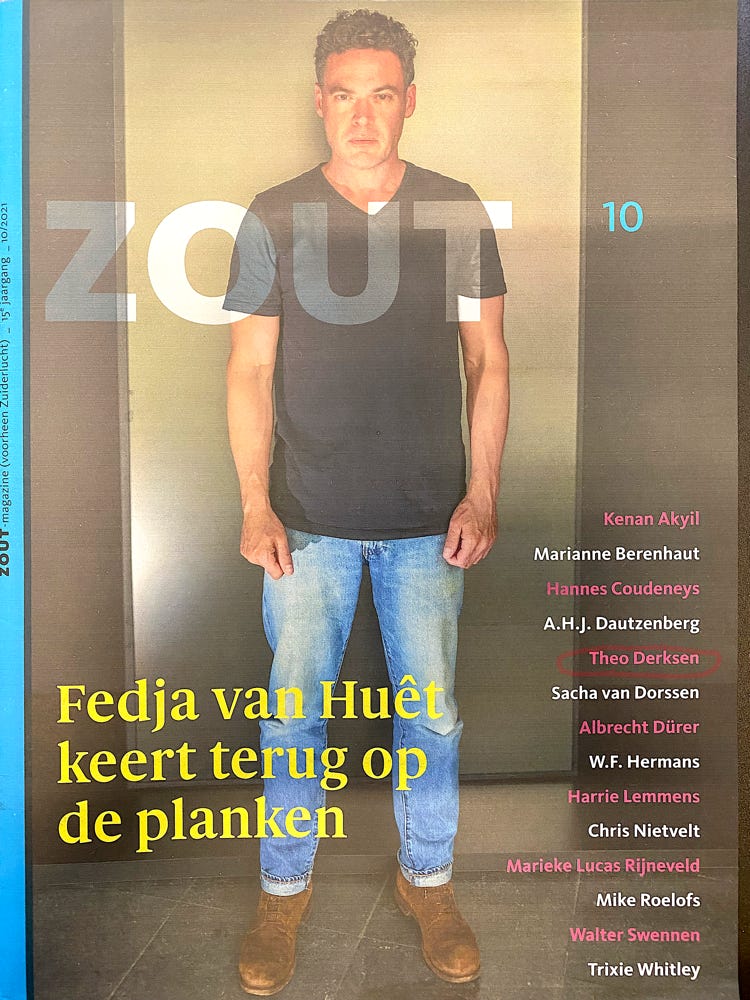
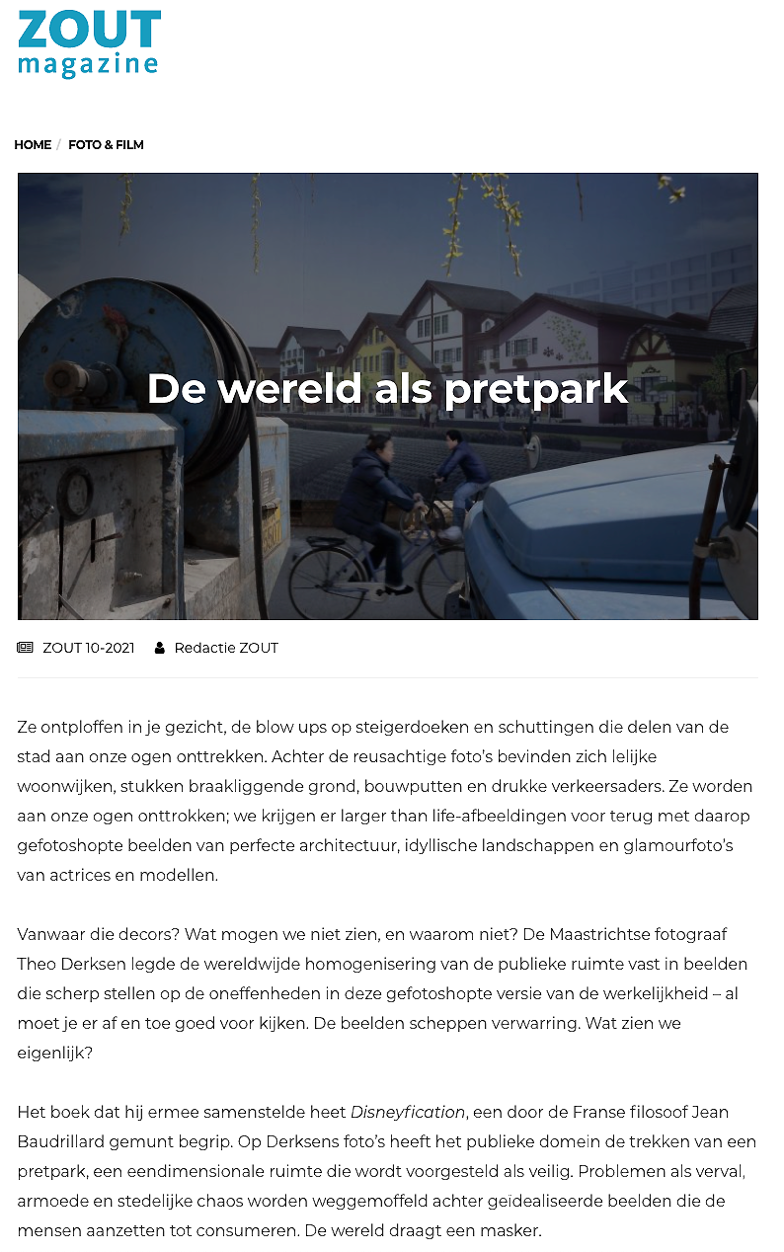
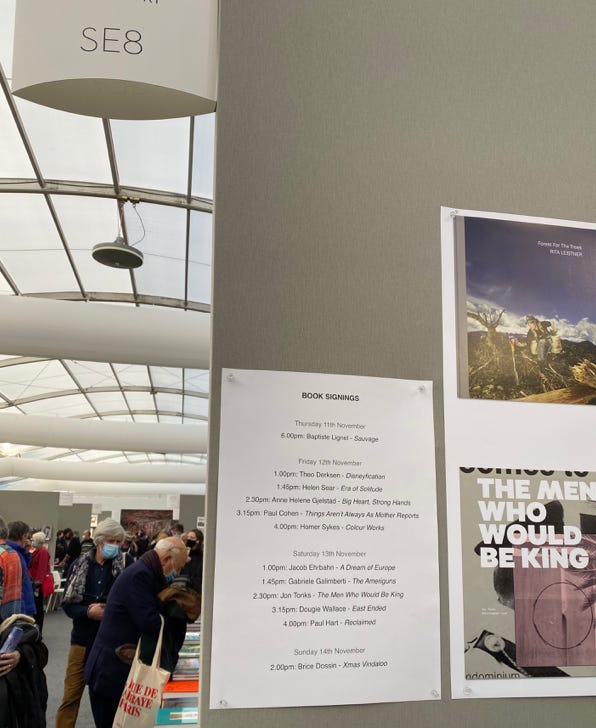
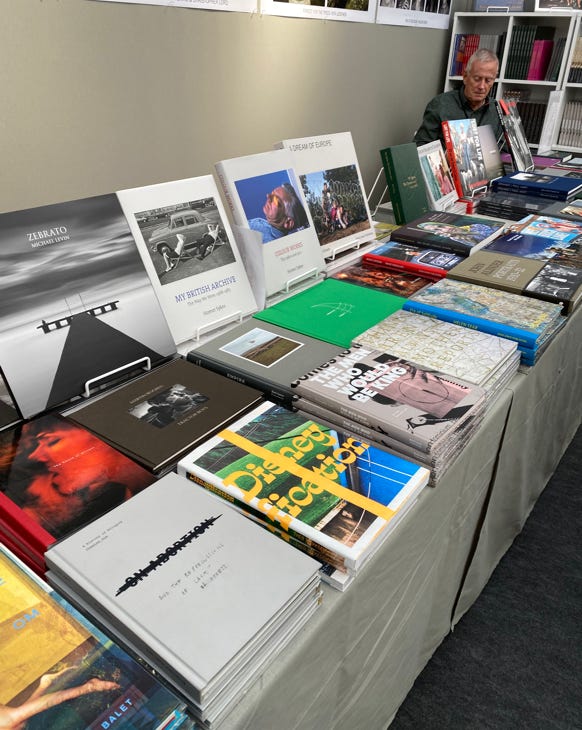
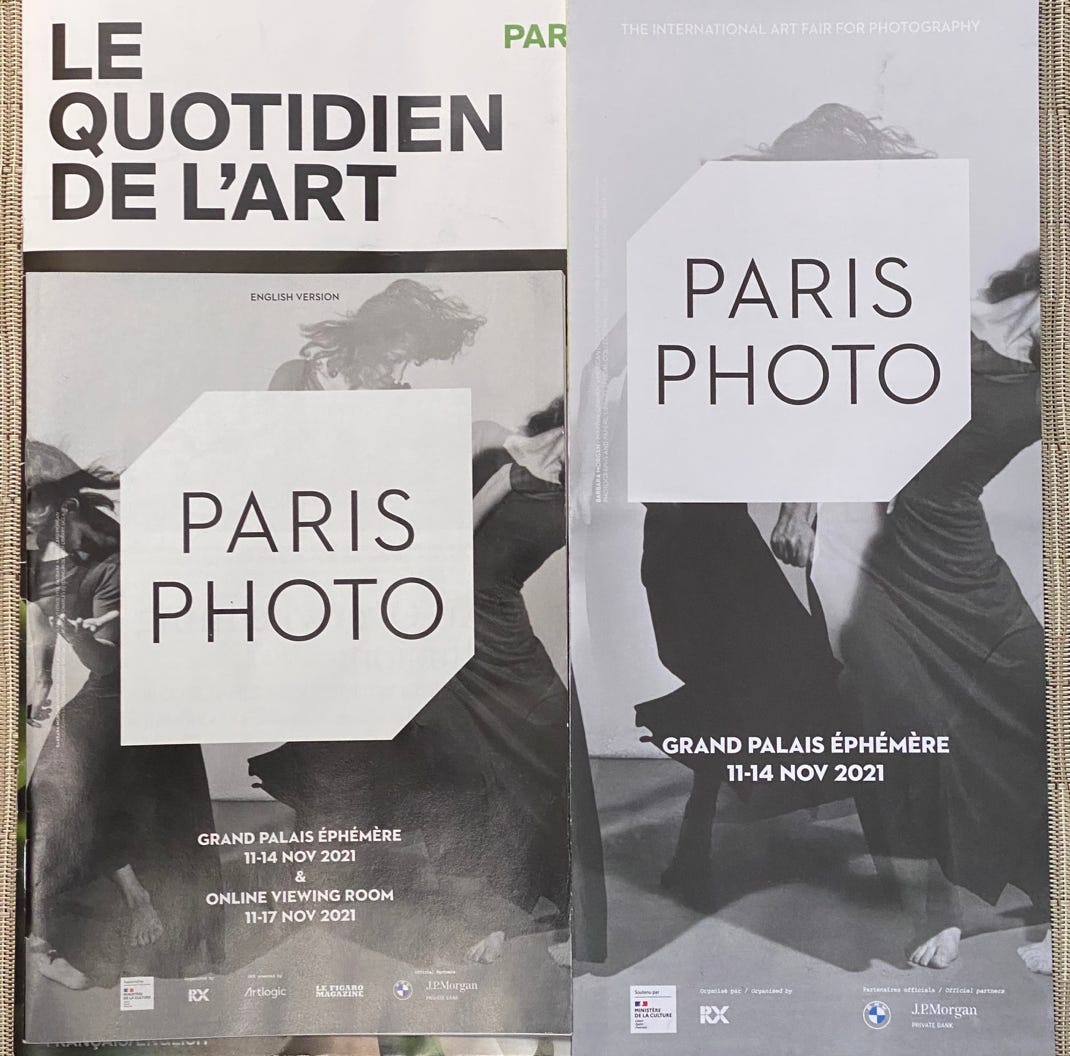
PARIS PHOTO
Book Signing at Dewi Lewis Publication House - SE*
11-2021
Theo Derksen’s Disneyfication, over twenty years in the making, a book of vivid color double-page spreads, offers a global vision of metropolises, including Bucharest, Berlin, Egypt, Tokyo, Dubai, Chongqing, Shanghai, Beijing, Singapore and Las Vegas. It is by no means total or all-encompassing. There has been a deliberate choice to not take pictures of the big capitalist centres, London and New York. Propor-tionately most photographs are taken in cities in China.
A meeting with Jean Baudrillard in 1995 got Derksen started on the project and the book opens with a quote from the philosopher: “It is dangerous to unmask images, since they dissimulate that there is nothing behind them.” We are then, I presume, intended to see the pictures in this book as an unmasking of images. He says all his photographs are straight, observational pictures, but each acknowledge the ways in which so much of the world is now made up of montages and collisions between the alluring spectacle of commercial images and their settings. As well as Baudrillard, whose own photography was fascinated with trompe l’oeil, Luigi Ghirri and Martin Parr are also relevant—Ghirri with his wry response to consumer culture’s per-vasiveness and Parr’s more abrasive depictions of people caught amidst image clichés.
Only Derksen’s is a response to the greater inten-sification of the image world in urban spaces, the digital-borne ubiquity and proliferation of images that now can be reproduced on almost everything. A photo-graph from Cairo, for example, sets the back-end of a tourist coach, adorned with a flashy montage of pictures advertising the country’s attractions, against the foreground detail of the flaking grey-painted surface of a kiosk structure. It typifies the kind of for-mal collisions running through these pictures, the way in which hyped-up promotional appeal jars and collides with a situation and context that is dull and grey by comparison. The Cairo picture is however given another dimension and visual complication by the fact the image of one of the Pyramids on the coach is also grey as it is drained of color for contrast against the other colorful tourist images.
These digital globally widespread images often have a material presence in Derksen’s photographs. Their surfaces are not untouched or seamless, but often shown marked, damaged, peeled back, broken up. City dwellers crop up in the photographs, but are more incidental and inactive, often just going about their business, amidst the clamouring signage. In a photo-graph from Chongqing, among a series of facades bearing images showing architectural visions of city development, a solitary man appears to be caught absorbed in removing something from the metallic surface of the one screen that does not bear images. But there are no real signs of resistance and protest to the spectacle in this book. There is the violent graffiti scrawling over an image of a young woman in a picture taken in Bucharest, but this is dislocated from the figure of a man cutting between a car and the adver-tisement, head bowed.
The registration of the social real presents us with people’s dormancy and passivity, a certain oblivious-ness to the images that now fill their worlds. The action and animation seems to all be in the image world. Derksen is fascinated in showing us the fractures and disorientating effect of the theme park world of urban spaces, even going as far as to invert a few photographs in the book to further confuse us. But the way in which he photographs people in these cities means they neither compete with nor contest that image world. In one of the most charged juxtapositions, taken in Dubai, a worker is enmeshed by the cage trolley he is pushing and dwarfed by the orientalising image of a woman’s face behind him. Setting up a fan-tasy of sexual enslavement, the woman in the huge ad is adorned and eroticised with decorative chains, one of which suggestively runs through her mouth. All this is played out against the implied subservience and entrapment of the worker. The image spectacle is not undone or unmasked here, instead Derksen’s photograph shows how its allure and spell dominates and binds
Mark Durden
Professor of Photography, Director of the European, Centre for Documentary Research, Faculty of Creative Industrie.
https://www.lensculture.com/articles/theo-derksen-disneyfication
“With a strong sense of the eternity of the moment, he takes photographs, whose lyrical depth reports and possess a poetic approach to people and things that do not pass”.
Willem K. Coumans,
Artcritic and publicist for the art magazines.
“People like Derksen, with his otherworldly images come to me to stand under a cristal jar, and I think and hope I am not the only with such a tabernacle in his head”.
Maarten Beks,
Arthistorian, curator and journalist
“Perhaps this is the greatest quality of his photography: it succeeds in reality, as they were in fraudulent wealth to the eye develops, scraping up images of worlds which lies behind this reality. Images that reaches us through the eye, but slowly and surely hook in the mind.”
Pool Andries,
Photohistorian and curator FoMu, Antwerp
“Theo Derksen, has a fascination for change. He travels a lot, his photography testifies. Yet his travel documen-tary photography is not reporting. It is astonishing. Not the surprise of the tourist "look strange, very different from us", but the wonder of a child who sees and shall not be a significant commitment, but is already looking very bright wondering what this is allowed and that continues to do without there like an answer to give. The child has the surprised look we see in the photography of Derksen people in situations that are not specific to a given place. You do not know immediately what or where it is and why. And on closer examination it shows an unambiguous meaning in co-ming. The effect is that you keep watching. As a child. In this way, looking Theo Derksen. He looks like he is traveling, even when he's home. It's an art to live as if you always traveling. Meanings are not fixed, but shifting. They change over time, but also to change places, to travel. Yourself open to a world where meanings change, that seems to challenge himself and the viewer who Derksen sets.
Drs. Ridsert Hoekstra,
Arthistorian and curator Stedelijk Museum, Roermond.
